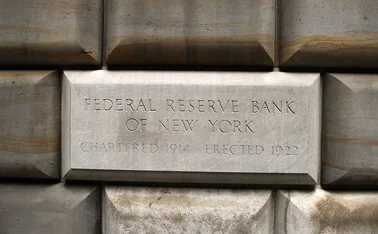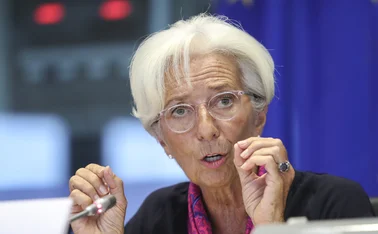
Demographics could trigger closures of US universities – study
Research by Philly Fed says fewer young people are enrolling, which is adding to financial pressures

Financial distress resulting from changing demographics and other factors is likely to cause many US colleges to close over the coming years, research from the Federal Reserve Bank of Philadelphia suggests.
The study, by Robert Kelchen, Dubravka Ritter and Douglas Webber finds the post-pandemic recovery in the US economy and longer-term trends are creating significant headwinds for the education sector.
A declining number of people are graduating from high school, the researchers argue. Moreover
Only users who have a paid subscription or are part of a corporate subscription are able to print or copy content.
To access these options, along with all other subscription benefits, please contact info@centralbanking.com or view our subscription options here: subscriptions.centralbanking.com/subscribe
You are currently unable to print this content. Please contact info@centralbanking.com to find out more.
You are currently unable to copy this content. Please contact info@centralbanking.com to find out more.
Copyright Infopro Digital Limited. All rights reserved.
As outlined in our terms and conditions, https://www.infopro-digital.com/terms-and-conditions/subscriptions/ (point 2.4), printing is limited to a single copy.
If you would like to purchase additional rights please email info@centralbanking.com test test test
Copyright Infopro Digital Limited. All rights reserved.
You may share this content using our article tools. As outlined in our terms and conditions, https://www.infopro-digital.com/terms-and-conditions/subscriptions/ (clause 2.4), an Authorised User may only make one copy of the materials for their own personal use. You must also comply with the restrictions in clause 2.5.
If you would like to purchase additional rights please email info@centralbanking.com test test test







